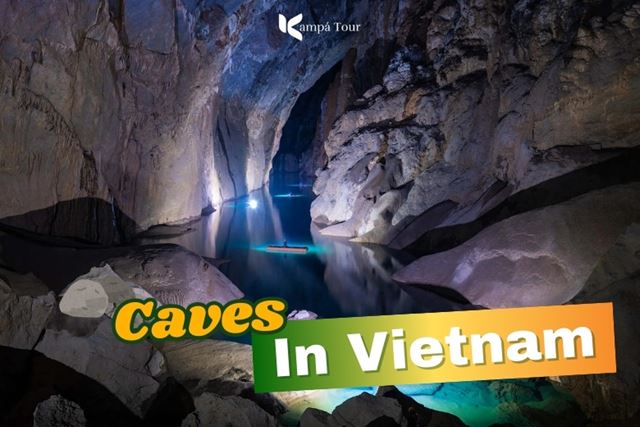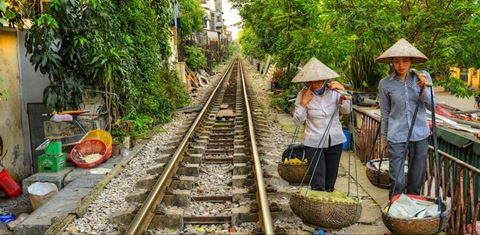- Destinations
- Travel Styles
- About Us
- Contacts
- Destinations
- Travel Styles
- About Us
During its 47th session held in Paris, the UNESCO World Heritage Committee approved this Sunday the extension of the Phong Nha - Ke Bang World Heritage natural site, located in central Vietnam, to include Hin Nam No National Park in Laos’s Khammouane Province.
Officially named "Phong Nha - Ke Bang and Hin Nam No National Parks", the newly designated site results from a joint nomination submitted by the Vietnamese and Laotian governments in February 2024.
Situated at the intersection of the Annamite Range and the Indochina limestone arc, the area is one of the world’s most pristine limestone karst landscapes. Formed 400 million years ago, this ancient geological complex features more than 220 km of spectacular caves, including Son Doong and Xe Bang Fai—two of the largest known cave systems on the planet.
>>> Discover the 9 best caves in Vietnam!
The site boasts extraordinary biodiversity, with both dry and wet karst forests, along with rich underground ecosystems. Phong Nha - Ke Bang is home to over 2,700 plant species and 800 vertebrate species, while Hin Nam No hosts 1,500 plant species and 536 animal species, including many that are rare, endemic, or endangered.
Vietnam now has nine sites inscribed on the World Heritage list, including two that span across multiple provinces: Ha Long Bay – Cat Ba Archipelago, and the Yen Tu - Vinh Nghiem - Con Son, Kiep Bac complex in northern Vietnam.
This recognition marks Vietnam’s first transboundary World Heritage site, and Laos’s first natural World Heritage site. It represents a milestone in cross-border heritage cooperation and could serve as a model for shared site management. It also highlights both countries' commitment to the 1972 World Heritage Convention.
Beyond the ecological value, this new designation reflects the strong cultural and environmental partnership between Vietnam and Laos, strengthening their long-standing friendship and cooperation in preserving shared heritage.
>>> Also read:



 The Essentials
The Essentials The Essentials
The Essentials The Essentials
The Essentials The Essentials
The Essentials